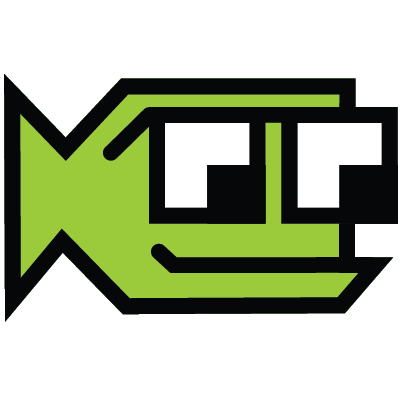How do we make the printed newspaper relevant again?
As a kid, I loved the newspaper. Growing up in suburban Chicago, we had the Chicago Tribune and the Aurora Beacon News delivered to my house daily. And there was a local weekly called the Windmill News. I was a paper boy for the Aurora Beacon News and one of my original majors in college was journalism. Newspapers were a major part of my life growing up.
I'm still a news junkie, but it’s been years since I subscribed to the newspaper. As much as I love the daily newspaper, that’s not how I get the news anymore. I don’t have time to sit and read it every morning and all the breaking news I want is delivered through Twitter or the web.
I’ve been thinking lately about what I want from a modern local paper. What would make me subscribe again? In my perfect scenario, this is what I would love to see:
Fiercely local.
I get my breaking national news from the internet. My newspaper will give me news I don’t get from Twitter. Newspapers now are half filled with wire stories and in today’s world, that doesn’t make sense. I get that news online the instant it breaks — not the next morning.
I want a newspaper filled with local stories and local perspective on national stories.
National newspaper conglomerates are mostly interested in efficiency and streamlining operations. The emphasis on local would mean investing in local reporting and probably impact their balance sheets. And so for my modern newspaper to be fiercely local, I assume that it also needs to be fiercely locally-owned.
Once a week.
My local paper — The State — often sets up a booth in the local grocery store trying to sell subscriptions. Their sales pitch is that you can get the entire week of papers for the same price as just the Sunday paper. People perceive value in the Sunday paper.
I never have time to sit and read the paper. But for me, Sunday is the best option for spending a significant amount of time reading and I think that most papers will be better off with just one paper a week, delivered to your doorstep.
There are all sorts of problems with the economics of producing and delivering the paper just once a week. What are the presses doing the rest of the week? How do you hire a delivery team that only works one day a week? Sunday delivery keeps the lucrative retail insert profit alive, but will your subscriber base be large enough to entice advertisers to continue to print and place inserts.
So my modern newspaper — assuming you can work out the financial model — would be delivered to your doorstep once a week on Sunday.
Smart mix of online and print
Just because you only print a paper once a week doesn't mean you do nothing the rest of the week. My perfect paper would have a smart mix of online content to supplement the printed version. Blogs, podcasts and exclusive online content would keep you connected to the writers and editors. Relevant social media engages readers. Your reporters become trusted sources and well-known voices. With today's consumer, I think the success of a modern newspaper depends on this deep connection with the readership.
The Perfect Size.
I miss the old broadsheet papers, but the logistics of printing a newspaper in smaller quantities and reduced runs means that the size of the newspaper needs to be a strictly business decision. I guess a tabloid size is the most logical, but I'm open to whatever size makes sense.
Comics
On Sundays after church, I used to sit with my dad and read the comics. I looked forward to that every week. How can we bring back that magic? The daily grind of comics burned out countless cartoonists. Would we still have Calvin and Hobbes if the schedule wasn't as relentless? A modern newspaper should work with cartoonists to recapture the magic. Partner with them to develop new models and formats.
Respectful online experience
Ads are part of the financial model that makes content possible. I understand that, but for online ads, be respectful. Today's ads are obnoxious. Terrible. They slide in and pop up and create an awful experience. I am not opposed to advertising at all, but a modern newspaper needs to respect its readers and provide a first rate experience.
Well designed and high quality
Newspapers typically aren't held up as examples of great design. The breakneck daily schedule doesn't leave much time for refinement and reimagining. A modern newspaper has to take a step toward better design quality. Most newspaper websites aren't much better than their printed counterparts. Make content easy to find and search.
Modern consumers value design quality and high quality photography. A modern newspaper must meet those expectations.
Can this happen?
I'm not sure if anyone could pull this off. Current newspaper conglomerates have shown they don't have the foresight to pull off a massive shift like this. An entrepreneur would have to find funding, but good luck finding an investor that thinks starting a newspaper in 2016 is a good idea.
But I still think there is value in a printed news vehicle, and not just because of the ads that are in the Sunday paper. I hope someone figures out a model before all of the local papers are gone.







